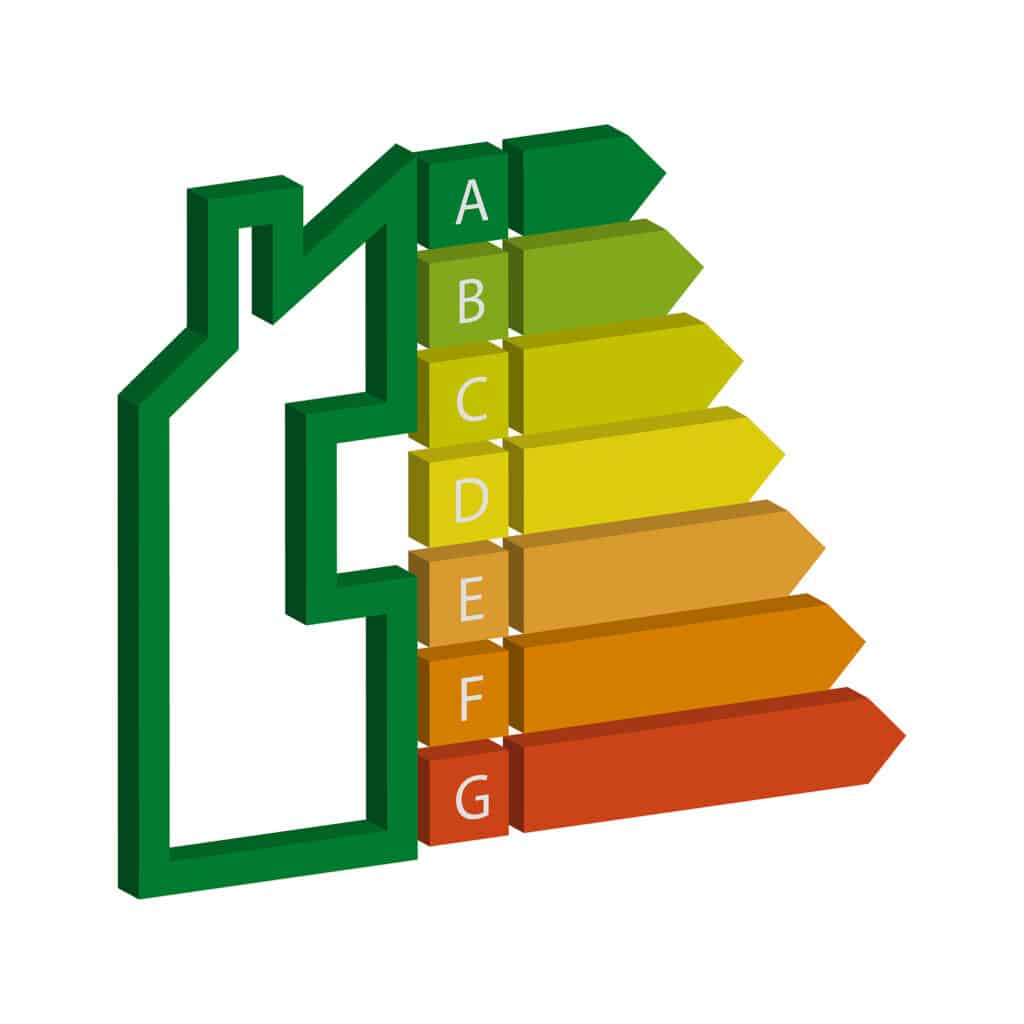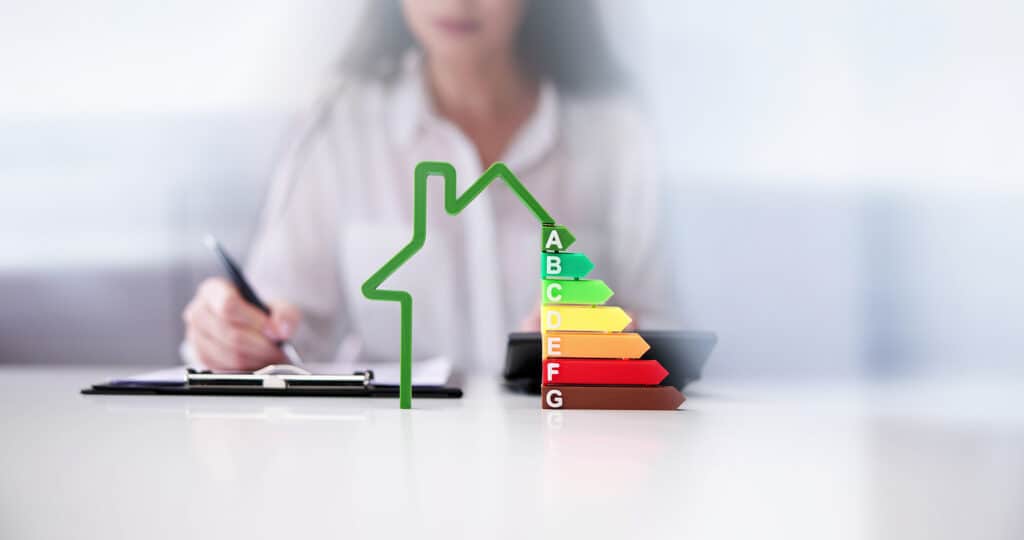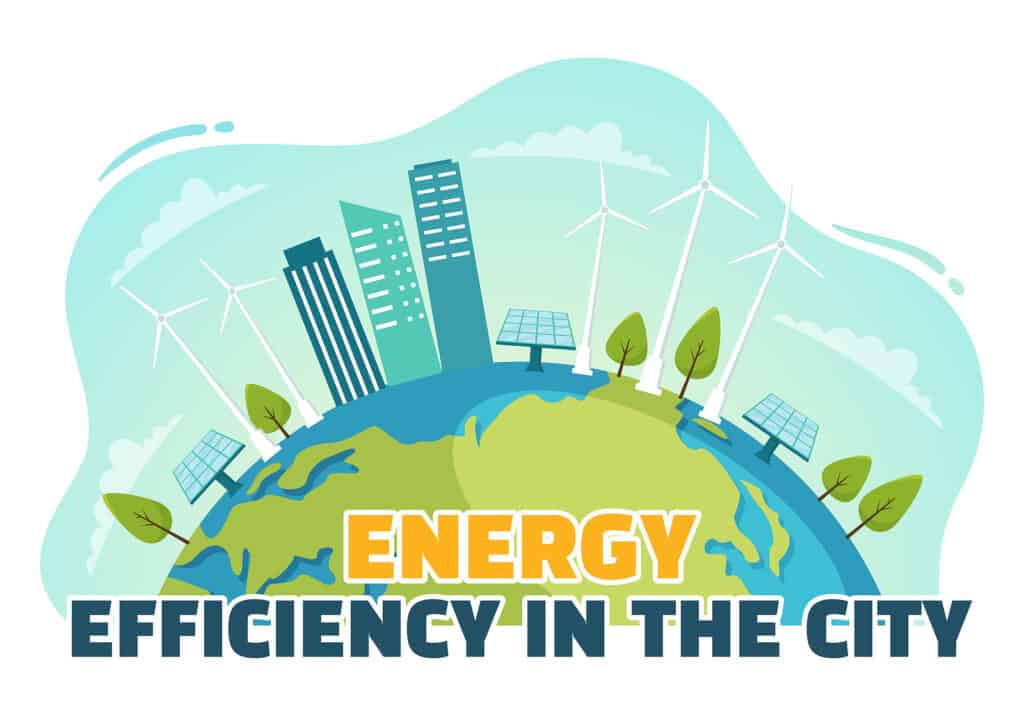As a company grappling with high operating costs resulting from excessive energy consumption, it is crucial to explore all avenues for cost reduction and improved efficiency. One often overlooked aspect that holds immense potential is the building envelope. Comprising walls, roofs, windows, and doors, the building envelope plays a pivotal role in regulating heat flow and optimizing energy efficiency. By directing our attention toward creating an energy-efficient building envelope, we can make significant strides in reducing heat loss and gain.
This, in turn, leads to lower energy consumption, enhanced comfort for employees, and a reduced environmental impact. In this blog post, we will delve into the importance of energy-efficient building envelopes and provide practical strategies that can be employed to achieve optimal thermal performance.
Understanding Heat Loss and Gain
Before we explore the significance of energy-efficient building envelopes, it's essential to understand the concept of heat loss and gain. Heat loss refers to the transfer of heat from the interior of a building to the exterior, while heat gain is the opposite – the entry of heat from the outside to the inside. Uncontrolled heat loss and gain can result in excessive energy consumption for heating and cooling, discomfort, and higher utility bills.

The Role of the Highperformance Building Envelope
The building envelope acts as the barrier between the interior and exterior environments, controlling the transfer of heat, air, and moisture. A well-designed and properly insulated building envelope can minimize heat loss and gain, thus optimizing energy performance and creating a comfortable indoor environment.
Importance of Energy-Efficient Building Envelope Design Challenge
- Energy Savings: An energy-efficient building envelope can significantly reduce the need for mechanical heating and cooling, resulting in substantial energy savings. By minimizing heat loss and gain, buildings can rely less on energy-intensive HVAC systems, leading to reduced carbon emissions and lower utility costs.
- Improved Comfort: Energy-efficient building envelopes contribute to improved indoor comfort by reducing temperature fluctuations and minimizing drafts. Consistent indoor temperatures and better humidity control create a pleasant living or working environment, enhancing occupant satisfaction and productivity.
- Environmental Impact: Buildings are significant contributors to greenhouse gas emissions. By investing in energy-efficient building envelopes, we can reduce the carbon footprint associated with heating and cooling. This helps combat climate change and supports sustainability goals.
- Regulatory Compliance: Many jurisdictions have implemented energy codes and regulations that mandate specific energy performance standards for buildings. An energy-efficient building envelope ensures compliance with these requirements and may lead to incentives or certifications such as LEED (Leadership in Energy and Environmental Design).
Here a video to help with Importance of Energy-Efficient Building Envelopes
Strategies for Achieving Energy-Efficient Building Envelopes
Now that we understand the importance of energy-efficient building envelopes, let's explore some effective strategies to achieve optimal thermal performance:
1. Adequate Insulation
Insulation is a crucial element in preventing heat transfer through walls, roofs, and floors. High-quality insulation materials, such as fiberglass, cellulose, or spray foam, help to reduce heat loss during winter and heat gain during summer. Proper installation and continuous insulation layers are essential for maximizing thermal efficiency.
2. Efficient Windows and Doors
Windows and doors are potential areas of significant heat loss and gain. Energy-efficient options, such as double or triple glazing with low-emissivity coatings, can significantly reduce heat transfer. Additionally, sealing gaps and using weatherstripping around windows and doors helps minimize air leakage and drafts.
3. Thermal Bridge Mitigation
Thermal bridges, which are areas of increased heat flow due to poor insulation, can undermine the overall efficiency of the building envelope. By employing thermal break materials, insulation, and careful detailing, thermal bridges can be minimized, ensuring consistent thermal performance throughout the envelope.
4. Air Sealing and Vapor Barriers
Air leakage and moisture intrusion can compromise energy efficiency and lead to moisture-related issues, such as mold growth. Effective air sealing, including sealing gaps, cracks, and joints, combined with the use of vapor barriers, helps maintain a tight envelope and prevents unwanted heat transfer and moisture infiltration.
5. Passive Design Strategies
Passive design strategies optimize the building's orientation, layout, and shading to take advantage of natural heating and cooling opportunities. Passive solar design, proper window placement, and external shading devices, such as overhangs or louvers, can minimize heat gain in the summer and maximize solar gain in the winter.
6. Continuous Thermal Insulation
To achieve optimal energy efficiency, it is crucial to ensure continuous insulation throughout the building envelope. Gaps, voids, or breaks in insulation can compromise thermal performance. Employing rigid foam insulation, spray foam, or insulated sheathing can help maintain a continuous thermal barrier.

Building Envelope Examples
Here are some examples of residential building envelope improvements components and features commonly found in energy-efficient buildings:
High-Performance Insulation
High-performance insulation is a crucial element of an energy-efficient building envelope performance. Examples of effective insulation materials include:
- Spray foam insulation: This type of insulation expands and adheres to the building structure, providing an airtight and seamless barrier with excellent thermal resistance.
- Fiberglass insulation: Fiberglass insulation is made from recycled glass and offers good thermal performance when installed correctly.
- Cellulose insulation: Made from recycled newspaper or plant fibers, cellulose insulation is a sustainable project talk to ugreen option with excellent thermal properties.
- Rigid foam insulation: Rigid foam boards made of polystyrene or polyisocyanurate provide high insulation value and can be used in walls, roofs, and foundations.
Energy-Efficient Windows and Doors
Energy-efficient windows and doors play a vital role in reducing heat transfer and improving thermal performance. Here are some examples:
- Double or triple glazing: These windows feature two or three layers of glass with insulating spaces between them, reducing heat transfer and improving energy efficiency.
- Low-emissivity (low-e) coatings: Low-e coatings on window glass help reflect heat back into the building during winter while allowing natural light to pass through.
- Insulated frames: Windows and doors with insulated frames made of materials such as vinyl, fiberglass, or wood offer better thermal performance compared to uninsulated frames.
- Weatherstripping and sealing: Proper weatherstripping and sealing around windows and doors minimize air leakage and drafts, enhancing energy efficiency.
Thermal Bridge Mitigation
Thermal bridges, areas where heat can easily transfer through the building envelope architecture, can undermine energy efficiency. Examples of thermal bridge mitigation techniques include:
- Thermal break materials: Using materials with low thermal conductivity, such as insulated concrete forms (ICFs), structural insulated panels (SIPs), or thermal break inserts, helps minimize heat transfer through structural components.
- Continuous insulation: Applying continuous insulation layers, such as rigid foam insulation, over exterior walls or using insulation sheathing, helps prevent thermal bridging and enhances overall thermal performance.
Air Sealing and Vapor Barriers
Proper air sealing and the use of vapor barriers are essential to prevent air leakage and moisture intrusion. Examples of air sealing and vapor barrier measures include:
- Air sealing: Caulking and sealing gaps, cracks, and joints in the building envelope with weather-resistant sealants or expanding foam help minimize air leakage and heat transfer.
- Vapor barriers: Installing vapor barriers, such as polyethylene sheets or vapor-retardant paints, on the warm side of the building envelope helps control moisture diffusion, preventing potential damage and mold growth.
Solar Control Strategies
Solar control strategies help manage heat gain from sunlight, particularly in warm climates. Some examples include:
- External shading devices: Utilizing features like overhangs, awnings, or louvers on windows and building exteriors can block direct sunlight and reduce solar heat gain.
- High-performance glazing: Choosing windows with spectrally selective coatings or tinted glass can help limit the amount of solar radiation entering the building while maintaining natural light.

FAQs about the Importance of Energy-Efficient Building Envelopes
Q1: What is a building envelope?
A building envelope refers to the physical boundary that separates the interior and exterior environments of a building. It includes components such as walls, roofs, windows, doors, and insulation.
Q2: Why are energy-efficient building envelopes important?
Energy-efficient building envelopes play a crucial role in reducing heat loss and gain, optimizing energy performance, and improving occupant comfort. By minimizing energy consumption, they help lower utility bills, reduce carbon emissions, and contribute to environmental sustainability.
Q3: How do energy-efficient building envelopes reduce energy consumption?
Energy-efficient building envelopes minimize heat transfer through insulation, efficient windows, and airtight construction. This reduces the reliance on heating and cooling systems, leading to lower energy consumption and reduced energy costs.
Q4: What are the benefits of energy-efficient building envelopes for occupants?
Energy-efficient building envelopes create a more comfortable indoor environment by minimizing temperature fluctuations, drafts, and cold spots. They provide consistent indoor temperatures, better humidity control, and improved air quality, contributing to enhanced occupant comfort and well-being.
Q5: How do energy-efficient building envelopes contribute to environmental sustainability?
Energy-efficient building envelopes help reduce the carbon footprint of buildings. By minimizing energy consumption, they decrease the reliance on fossil fuels, lower greenhouse gas emissions, and mitigate climate change. Additionally, they promote the efficient use of resources and support sustainable building practices.
Q6: Are energy-efficient building envelopes only relevant for new constructions?
No, energy-efficient building envelopes are beneficial for both new constructions and existing buildings. Retrofitting existing buildings with energy-efficient measures, such as insulation upgrades, window replacements, and air sealing, can significantly improve energy performance and reduce operating costs.
Q7: Do energy-efficient building envelopes comply with building codes and regulations?
Yes, energy-efficient building envelopes often align with building codes and regulations that set energy performance standards for construction projects. By implementing energy-efficient measures, buildings can meet or exceed these requirements and ensure compliance.
Q8: Can energy-efficient building envelopes improve the resale value of a property?
Yes, energy-efficient buildings with optimized envelopes can have a positive impact on property resale value. Buyers often prioritize energy efficiency, as it offers long-term cost savings and environmental benefits. Energy-efficient features can make a property more attractive to potential buyers.
Q9: What are some common strategies for achieving energy-efficient building envelopes?
Strategies for achieving energy-efficient building envelopes include proper insulation, installation of efficient windows and doors, thermal bridge mitigation, air sealing, passive design strategies, and continuous thermal insulation. These strategies minimize heat loss and gain and improve energy performance.
Q10: How can I determine the energy efficiency of a building envelope?
Energy efficiency of a building envelope can be evaluated through energy modeling, energy audits, and performance assessments conducted by professionals. These assessments consider factors such as insulation levels, window performance, air leakage, and thermal bridging to determine the overall energy efficiency of the envelope.
Conclusion
As a company striving to reduce high operating costs resulting from excessive energy consumption, the significance of energy-efficient building envelopes becomes apparent. By recognizing the critical role of the building envelope in regulating heat flow and optimizing energy efficiency, we open doors to significant cost reduction and improved operational efficiency.
Understanding the concept of heat loss and gain, we realize the impact of uncontrolled thermal transfer on energy consumption, discomfort, and utility bills. The building envelope acts as a vital barrier, controlling heat flow, air infiltration, and moisture intrusion. A well-designed and properly insulated building envelope holds immense potential for minimizing heat loss and gain, leading to tangible benefits.
Investing in energy-efficient building envelope solutions offers a range of advantages. First, significant energy savings can be achieved by reducing reliance on energy-intensive heating and cooling systems. This directly translates into lower carbon emissions and reduced utility costs, contributing to both environmental sustainability and improved financial performance.

